Foundation module
Foundation module
Couldn't load pickup availability
This module is intended for your single queens and small foundations.
It is the ideal alternative to the test tube, allowing better visibility and perfect integration with other modules in the Fourmis Shop range.
The module features the Hydra system to manage the humidity offered to your ants. It comes with its cap and 10 ml bottle. For more information about the Hydra system, see this page .
This module has two connection holes for connecting to other modules. It comes with a cap.
Like all the other modules in the Fourmis Shop range, it is available in two different depths to best suit the species you place there.
Its size is 3x6 cm.
The modules are delivered as a kit for self-assembly.
Dimensions
Dimensions
3x6x2 cm
Precautions for use
Precautions for use
Be careful not to expose PLA products to temperatures above 45°, this could damage them.
Screw-in accessories should not be tightened with excessive force. Once the thread reaches the end, it's done; there's no chance of ants getting through.
Materials
Materials
PLA, Plexiglas
Please note that no module is supplied with connectors (except when specified in the description), remember to add some to your order according to your needs.
View full details









Endlessly modular nests to support the evolution of your colonies
To thrive, an ant colony needs a space that's appropriate for the number of workers it contains. A nest that's too large is harmful to the colony, which will feel stressed. It also encourages the appearance of garbage dumps within the nest itself, which can lead to the appearance of mites or other parasites that can attack the ants.
However, in a nest that is appropriate for its size, the colony grows normally and fills the nest quickly, which in a conventional nest inevitably leads to a necessary move to a larger nest. Moving a colony is always a delicate operation, which can take time when used gently, and which causes stress for the ants when used hard.
With modular nests, these worries no longer exist! Indeed, once the space is filled by the ants, all you have to do is add a new module of the appropriate size so that the colony can continue its development in the best conditions.
Each module has 4 outputs and can therefore be connected to 4 other modules to form a unique artificial anthill.

A simple and efficient connection system
The system for connecting the modules and hunting areas is simple and effective. The legs are replaced when a module is added. They allow you to connect two, three, or four modules together and securely fasten them together so that the connection is secure and ants cannot escape.
For a step-by-step guide on how to connect a new module, see this page .
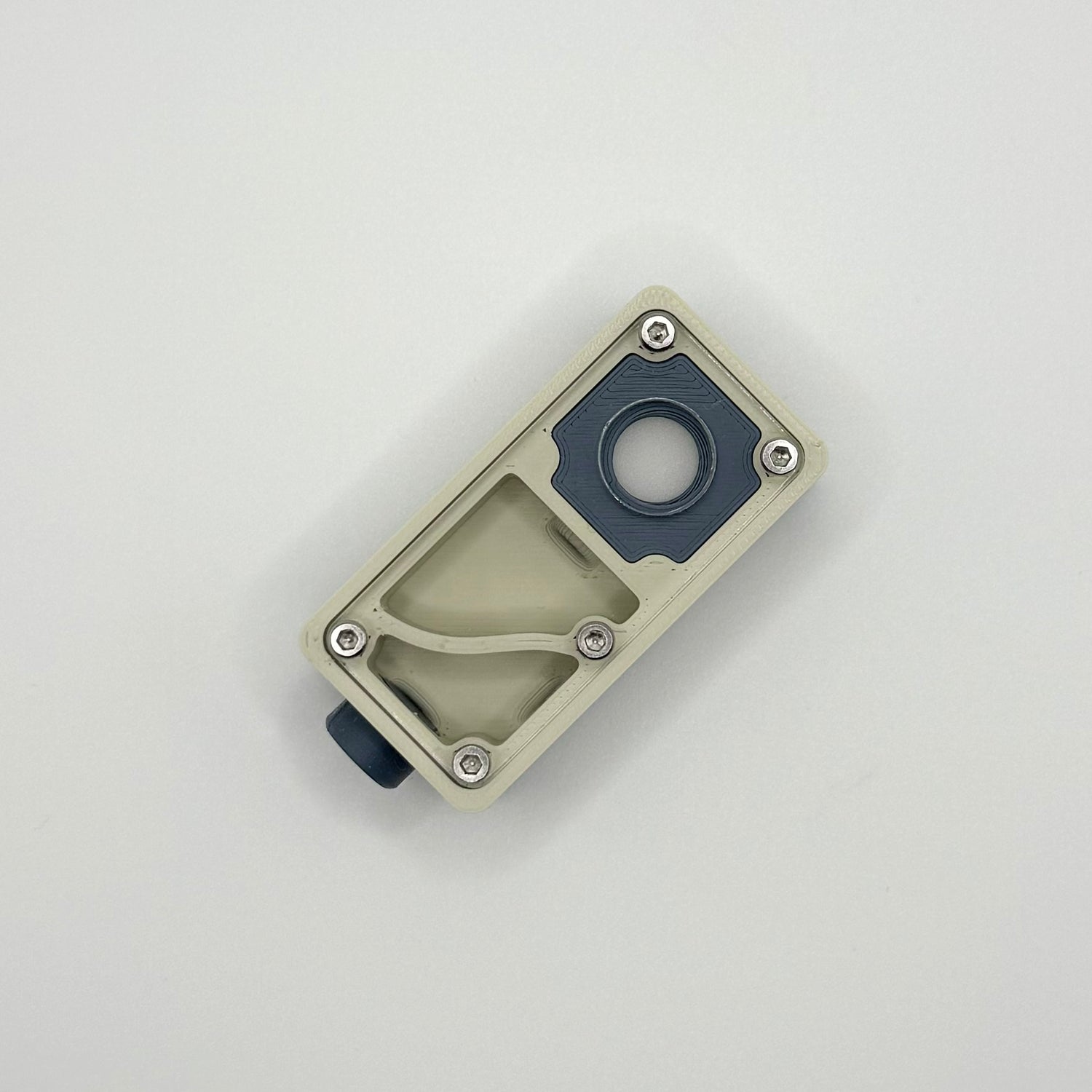
A color that promotes observation
The light khaki color of the modules makes it easy to observe the ants and their brood, including their eggs, larvae, pupae, and cocoons. This color highlights the ants and also highlights the ant brood, which is primarily white. This allows you to better observe your colonies and their development.
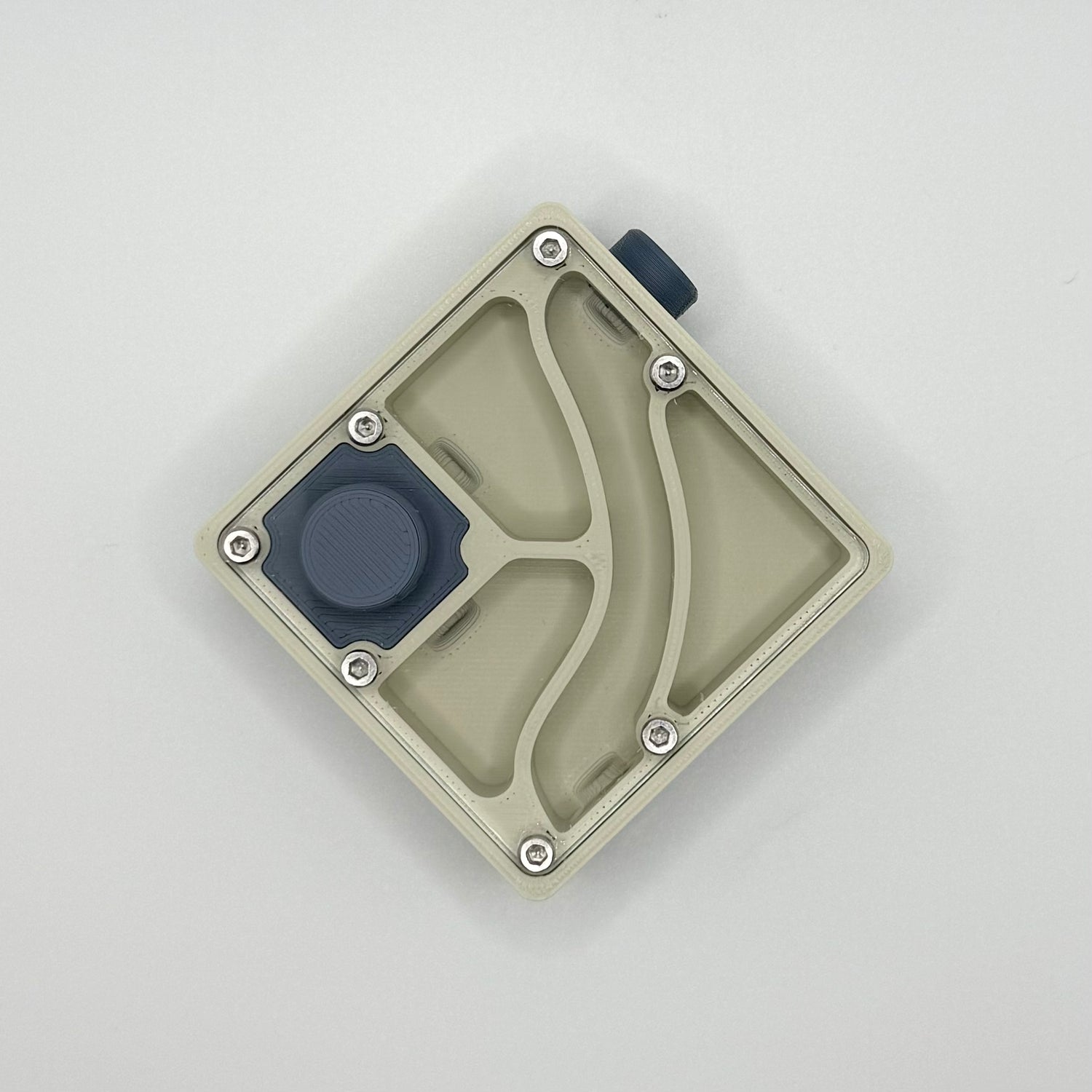
Galleries adapted to ants and their needs
Each module is designed so that the ants have a circulation corridor outside the chambers. This way, ants performing various tasks in the nest chambers are not hindered by those coming and going, constantly crossing the modules to circulate through them.
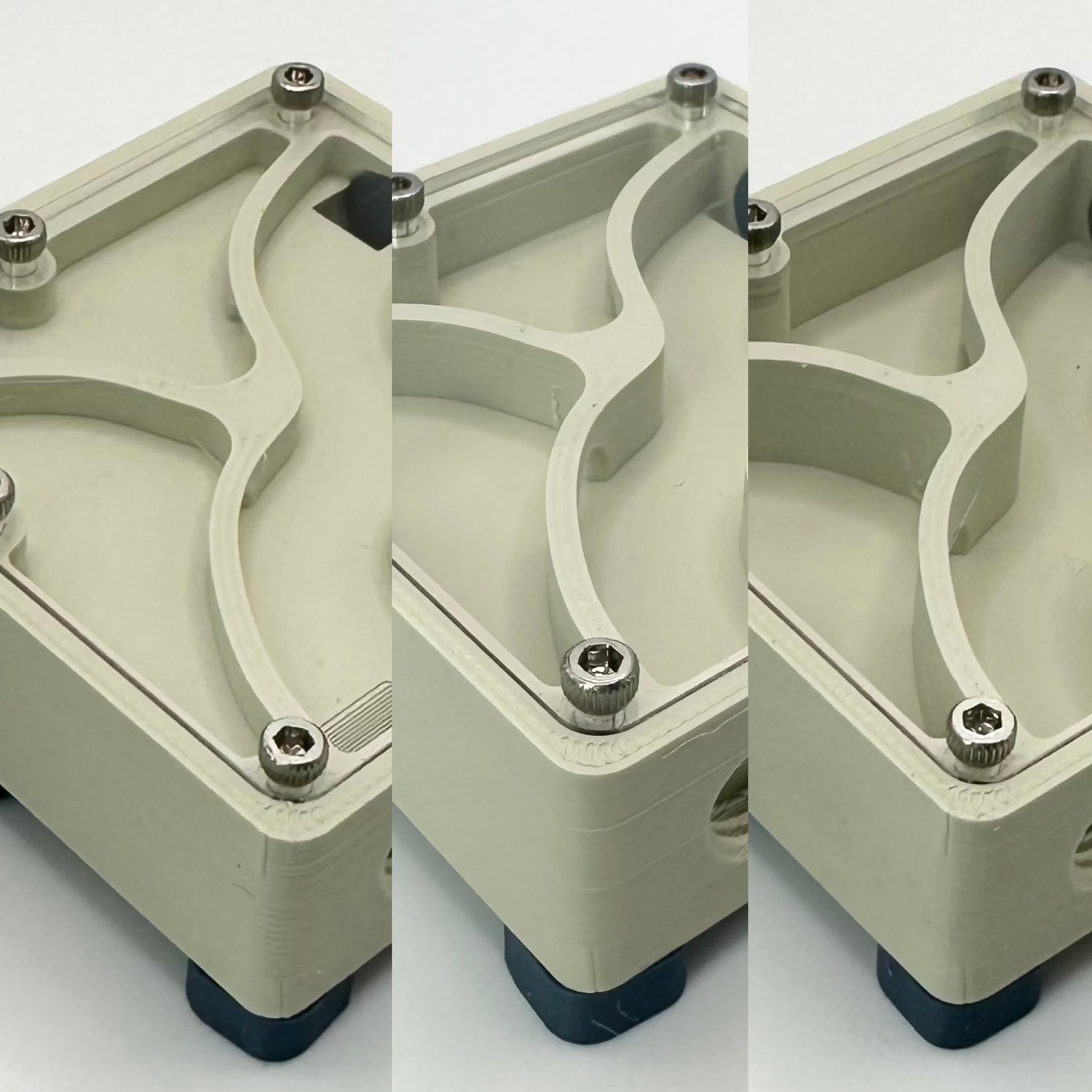
A room depth for each species
When you order a module, you have the choice between two different room depths. This ensures that each module best meets the needs of your different species and facilitates their observation. Indeed, a small species raised in a module that's too deep won't be as comfortable as in one with a restricted depth. In addition, this prevents ants from crowding together to the point of hindering the breeder's observation.
The "small species" depth is 5 mm and is ideal for species such as Pheidole, Tetramorium, Temnothorax, Lasius, Crematogaster, Myrmica and more.
The 'large species' depth is 10mm and is suitable for all larger ant species such as Formica, Camponotus, Messor and many others.
It is, of course, possible to raise small species in deeper modules. This will increase the number of workers contained in a module, although this may be detrimental to observation.
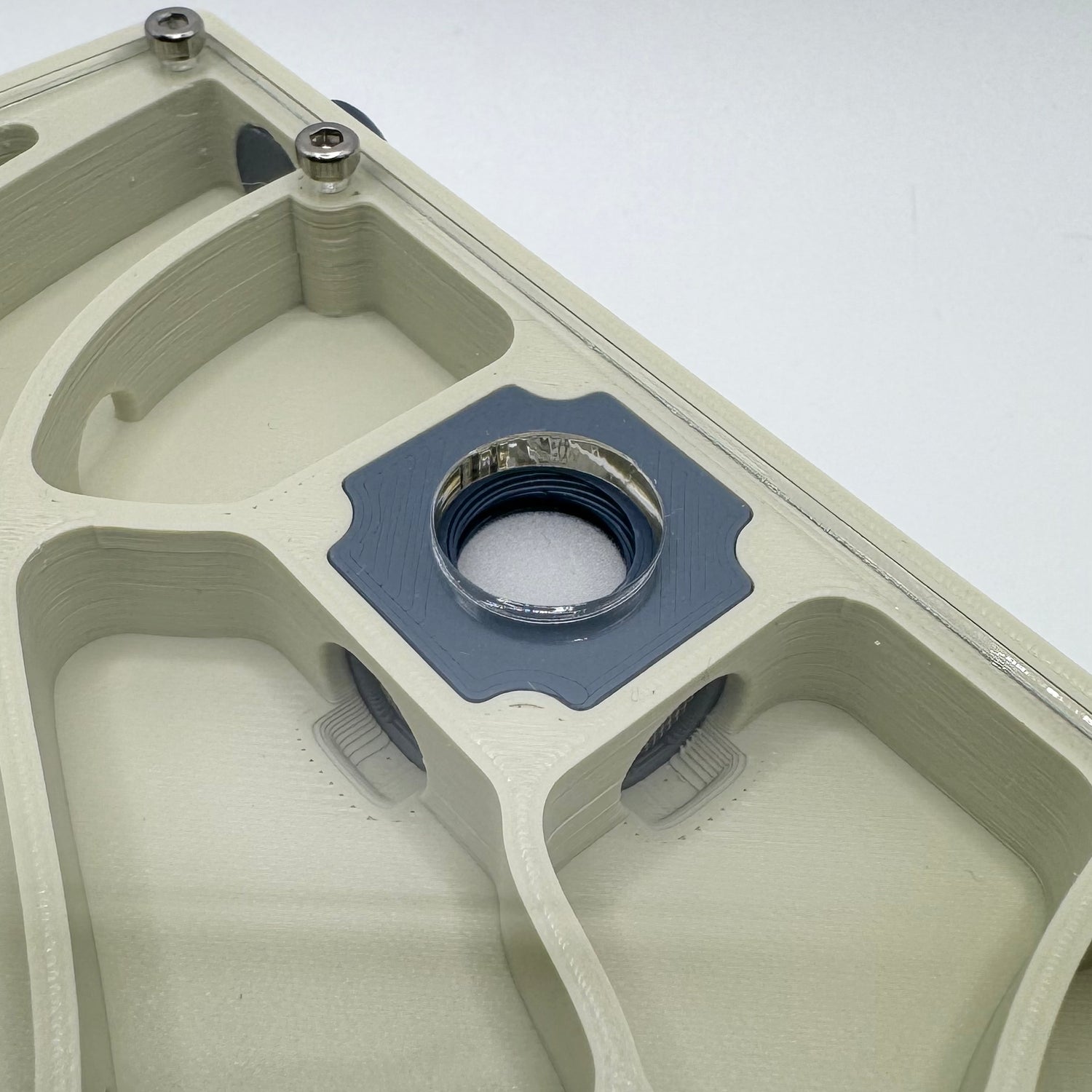
A high-performance and secure humidification system
The Hydra system developed by Fourmis Shop consists of a sponge that diffuses humidity and a stainless steel mesh resistant to the ants' mandibles. This makes it possible to provide the ants with the humidity they need without creating a gap in the nest that they could exploit. Some modules have an integrated Hydra system, others do not. If necessary, it is always possible to add an XS Hydra module to any other module to increase the humidity of the nest according to the needs of the species being raised. This same XS Hydra module can be connected to up to four different modules.
The system can be used either with a test tube allowing great autonomy, or without for a more refined visual effect.
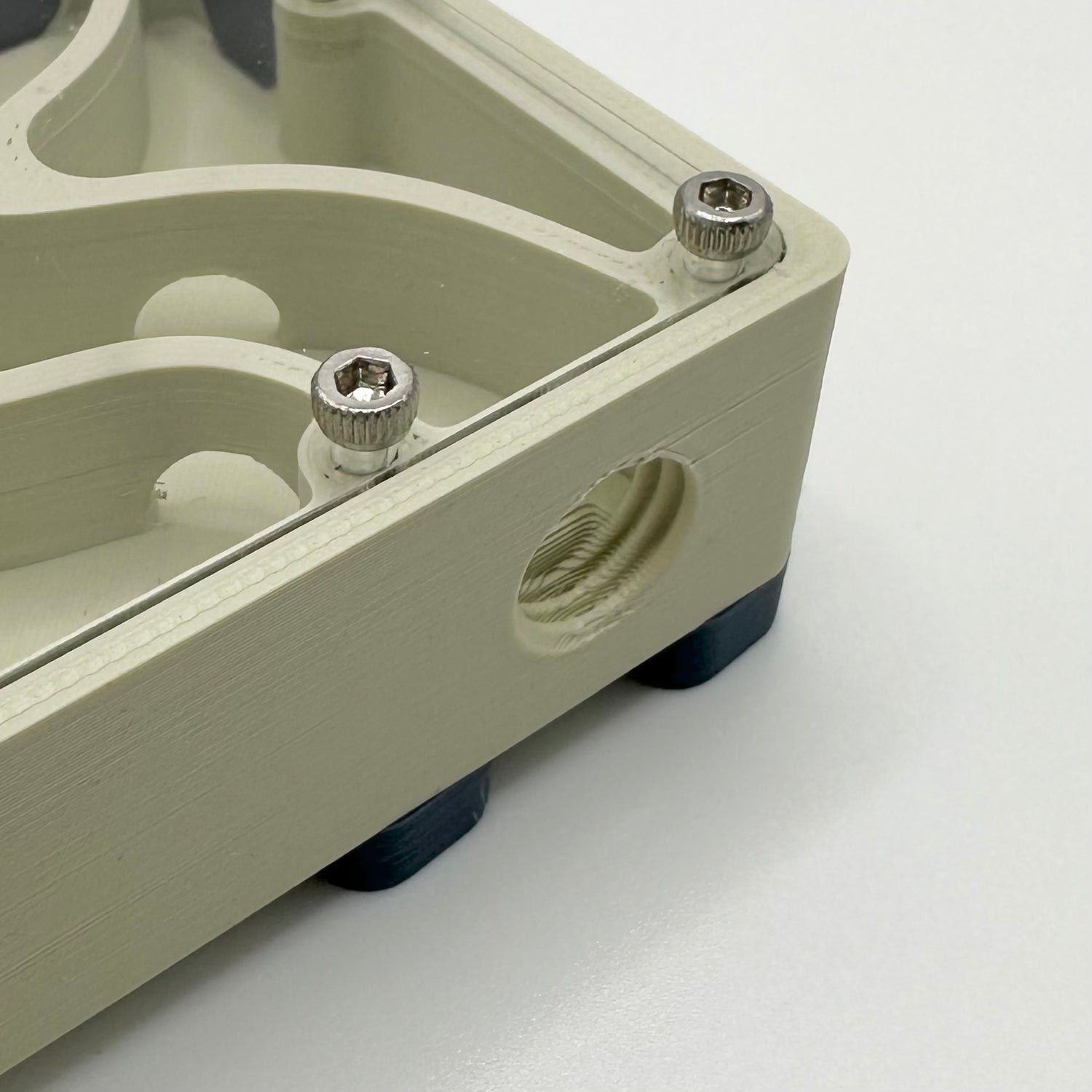
Secure screw threads ensuring the breeder's peace of mind
When a module input is not being used to connect to another module, it can be closed with a screw-on cap. This means there's no problem with the cap popping off unexpectedly: the closure is secure. The same goes for the specific connectors that allow you to connect a test tube or a flexible hose: the connector is screwed onto the module for maximum security.
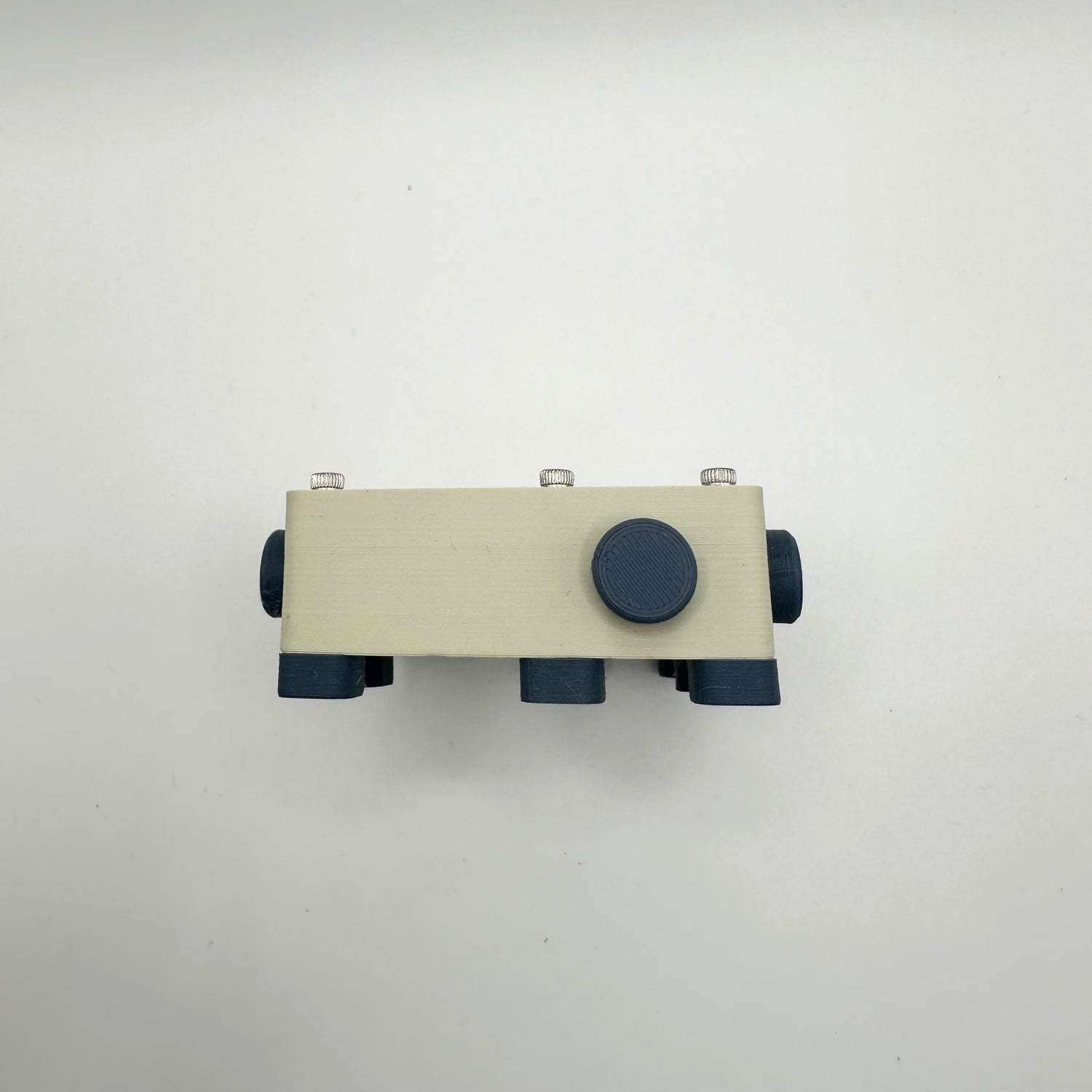
Limited space requirements for clean breeding
All nest modules are 2cm thick and have 5mm-high feet to allow the use of a heating cable for species that require it. This keeps the space requirement small while still allowing the ants to have ideal rooms for their development and a humidification system necessary for the life of the vast majority of species.
The hunting area modules have a height of 2.5 cm.






















